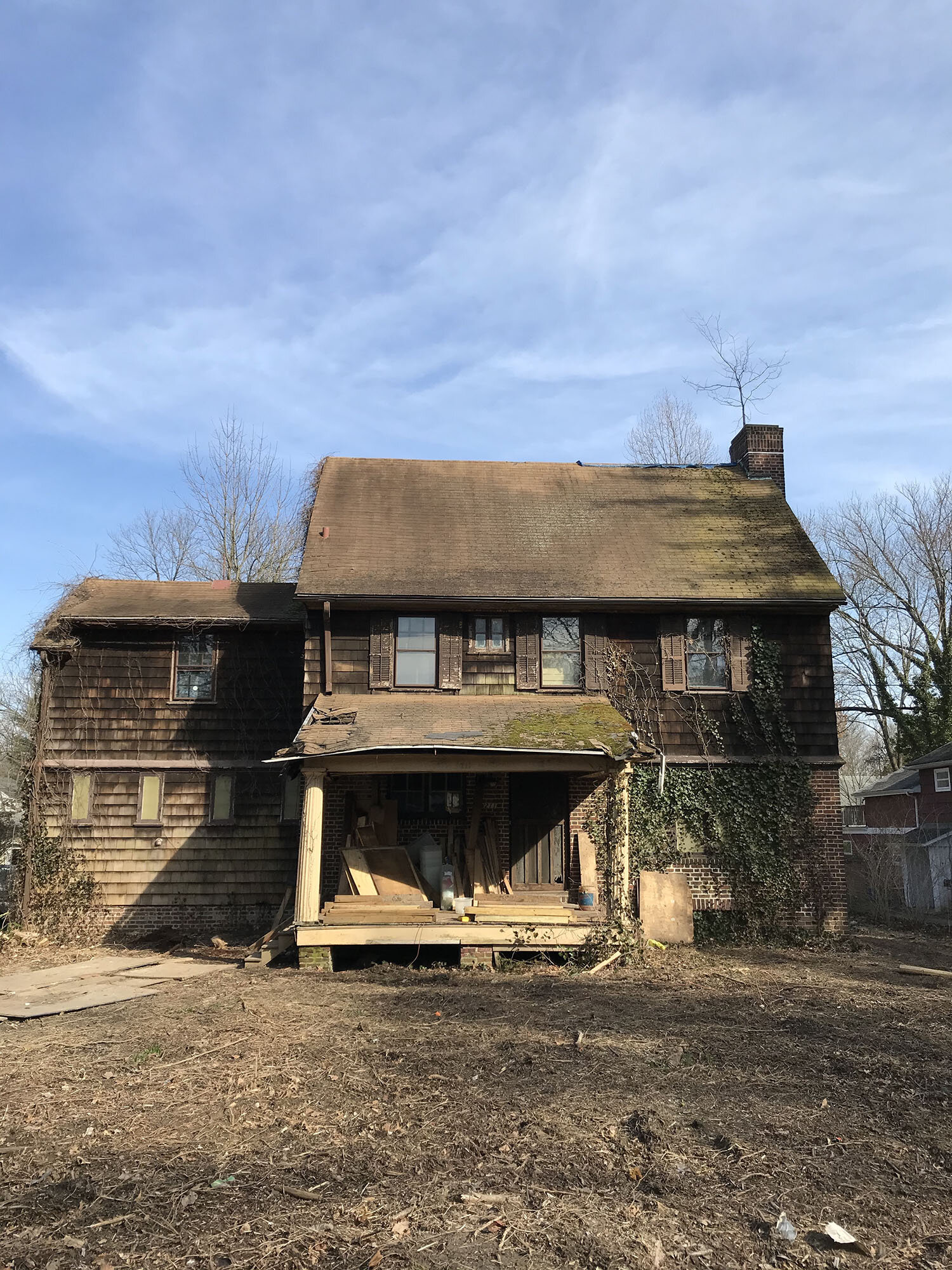Swarthmore Borough Street Tree Sale, Spring 2020
Street trees flank the PNC Bank in Swarthmore. Photo: Andy Shelter
Carpe Arborem
If you’ve been reading the Swarthmorean regularly over the last few months, you know there has been a lot of talk about trees, especially street trees. Last month we wrote about a new borough-wide survey of street (and park) trees that has been years in the making, and about the many benefits — aesthetic, economic, and environmental — trees bring to our community.
We are lucky in Swarthmore to have a borough government that recognizes these benefits and therefore subsidizes the price of buying and planting street trees. If you are thinking about planting a new street tree outside your house, or replacing one that has been lost, now is the time.
Rachel Pastan
Editor
Trees are now available from the Borough’s Street Tree Committee to Swarthmore Borough residents who wish to plant a street tree this spring, or replace a tree that has been lost. Ordering deadline is Friday, March 20. A limited number of trees are available. Order forms are available at the borough office or on the borough’s website. Cost of a new tree is $125, which includes planting and mulching. Trees will be planted this spring as weather permits. For more information, please contact Karol Bock at 484-472-8639.
Large to Medium-Sized Trees
Not to be planted under utility lines, require a wide curb strip (greater than five feet).
Acer saccharum “Fall Fiesta” — sugar maple. A large, very attractive maple (60 feet tall) with scarlet fall color. One of the better maples for our area, this tree grows fast when young and needs plenty of room. Full to mostly full sun.
Cladrastis kentukea — yellowwood. A medium sized tree (30-50 feet tall) with upright branching and a rounded crown. Characterized by its drooping chains of white, sweetly scented flowers in spring, this handsome tree has brilliant yellow fall color. Sun to half-shade.
Quercus imbricaria — shingle oak. A medium-sized (40-60 feet tall) shade tree native to the eastern and midwestern U.S. Tolerates a wide variety of soils and can withstand some drought once established. Its unusual, oval-shaped leaves are glossy and dark green, with yellow-brown to red-brown autumn color. The common name comes from the fact that early midwestern settlers used its wood for shingles.
Quercus phellos — willow oak. A southeastern U.S. native, this medium to large shade tree can grow to 40-75 feet tall. It tolerates soil conditions from dry to wet, as well as heavy clay. The long narrow leaves are similar to the foliage of willows leaves, with yellow autumn color. Full sun to light shade.
Acer saccharum “Fall Fiesta” — sugar maple
Cladrastis kentukea — yellowwood
Quercus imbricaria — shingle oak
Quercus phellos — willow oak
Medium to Small-Sized Trees
Suitable for planting under utility lines and in narrower curb strips (less than five feet).
Aesculus x carnea “Fort McNair”— red horsechestnut. A hybrid of a horse chestnut and a buckeye, this medium-sized tree (30-40 feet tall) has prominent rose-red flowers in May and some resistance to foliage blotch in the summer. Full sun to light shade.
Gleditsia triacanthos var. inermis — “Shademaster” honeylocust. A medium-sized (45 feet tall) open, airy tree with tiny leaflets. Autumn color is a clear gold and the leaves are so small there is little to rake up. A strong grower with a vase-shaped form when young, maturing into a more rounded shape.
Ostrya virginiana — American hophornbeam. A native East Coast tree that grows below high canopy shade trees like oaks and maples. 25-40 feet tall, it can grow in average soil. Leaves turn pale yellow in autumn. The common name comes from the sac-like seed-bearing pods which resemble the seed pods of the hops vine. Full sun to partial shade.
Aesculus x carnea “Fort McNair”— red horsechestnut
Gleditsia triacanthos var. inermis — “Shademaster” honeylocust
Ostrya virginiana — American hophornbeam
ORDERING DEADLINE: FRIDAY, MARCH 20












